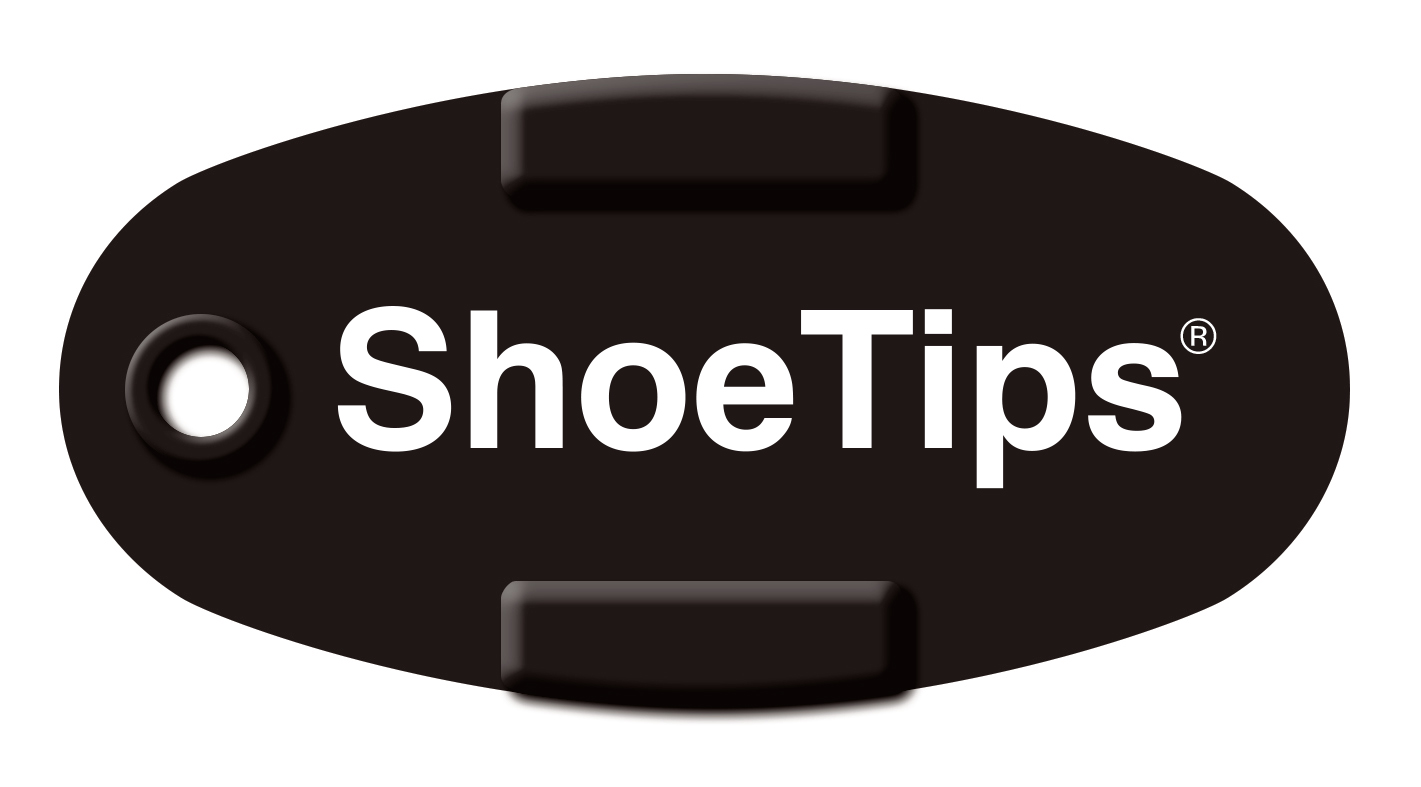Dial In Your Swing Mechanics With A Simple, Consistent Pre-shot Routine
Golfers who are serious about improving their game tend to work hard on the practice range--putting in hours to develop, hone and master their individual swing mechanics for each type of shot--till they create a consistent feel and some confidence. No one expects to get better without practice so they commit themselves wholeheartedly to the physical aspects of the game.
But what about mental training?
Everyone knows there’s a big mental component to golf, but who actually takes the time to train mentally and what does that even look like?
There are some great books on the subject. Classics include Timothy Galway’s “The Inner Game of Golf”, Dr. Joseph Parent’s “Zen Golf: Mastering the Mental Game”, Dr. Gio Valiante’s “Fearless Golf: Conquering the Mental Game”, and Dr. Bob Rotella’s “Golf is Not a Game of Perfect”.
And there are wonderful mental game coaches—most with advanced degrees in sport psychology, like the aforementioned Rotella, Ph.D., Parent, Ph.D, Valiante, Ph.D., Pia Nilsson, Bob Winters, Ph.D., Rick Sessinghaus, Psy.D., Tom Ferraro, Ph.D., and others. Lots of PGA tour pros work with these, and other, coaches. The pros train their brains as hard as they train their golf swings. Their livelihoods depend upon it!
What’s a serious recreational golfer to do?
Let’s consider the mental game's three main components—mental focus, emotional confidence, and a relaxed body. Every golfer has felt the pain of what happens in the absence of any of these basics—when you’re distracted, doubtful or anxious, or physically tense—you hit a bad shot.
So the first goal for any golfer wanting to improve is to assess honestly how the mental game is affecting their performance. It's pretty easy; just think back to your last round.
Were there times when you lost focus or found yourself thinking about something irrelevant to the shot, then hit the shot anyway?
Did you hit a shot even when, in your heart-of-hearts, you doubted you could pull it off?
Did you become so frustrated after hitting a shot poorly that you hit the next shot just as poorly--without pausing to let the moment pass?
Luckily, you can bring a stronger mental game to the course—without having to remember all that you’ve read or hiring a mental coach. One of the best ways is to develop your own, personal pre-shot routine—one that feels natural to you.
Everyone’s got some semblance of a routine. As you contemplate creating your own, think about how tour pros do it: they may stand behind the ball and line up their shot, walk to the ball and set up their stance, take a practice swing or two, breathe, then waggle the club a set number of times before unleashing their swing. Generally their routines are incredibly simple, repeatable, and utterly consistent.
Your goal is to create a reliable pre-shot routine that anchors you in the moment—reminding you to visualize and feel the shot you’re about to make.
Here are 4 easy steps:
Begin with an awareness of your surroundings. Consider your lie, the yardage of your shot and its full trajectory, including how far it will roll, the wind and air conditions, the overall environment, including slopes, water hazards, trees, bunkers, fairway width, rough, etc.
Distill the relevant data points from step one and analyze the shot you want to make. Consider how you plan to make it. Then ask yourself if you're comfortable making this type of shot? Do you feel confident? If not, consider revising your plan to a shot you can “own”. Then choose the club that will deliver that shot.
Visualize your shot as you walk to your ball and set your stance. Rehearse your swing. Take a few practice swings and fully connect with your visualization. Remember to breathe so you relax and allow any tension or doubt to dissipate. This might entail waggling your club, if it helps. Some golfers close their eyes for a moment of added visualization.
Then execute without thinking, synchronizing your mind and body. Or, as David Cook, Ph.D., another well known mental coach suggests: “See it. Feel it. Trust it.”
The next time you’re at the range, devote some time to developing your pre-shot routine. Then practice it on the course. Let it evolve till you feel its positive effects.
We're fortunate to live in an era when science can answer our questions about mental performance and we have trained professionals to help us cultivate our minds to perform more optimally. There’s even a great new tool that helps bridge the gap between your swing mechanics and your subconscious mind, while you play. It’s called ShoeTips. Here are 6 positive swing thoughts relating to technique. Try integrating just one or two of them into your pre-shot routine, on your shoes or on a Bagtag, and see what happens!
Turn - Feel you upper body and hips rotate freely on your backswing, then rotate through the downswing until you face your target.
Finish - Complete your follow through while maintaining balance until the ball has landed.
Ball Position - Place the ball in the optimal position between your feet to best suit your selected club and type of shot.
Alignment - Be aware of your feet, hip, and shoulder alignment. Make sure they are set up properly in relation to the target to accommodate your particular shot shape.
Hit Down - Hitting down makes the ball rise with a penetrating flight.
Swing Plane - As you take your club back and through, maintain your posture and swing down your target line.
“See it. Feel it. Trust it.”


